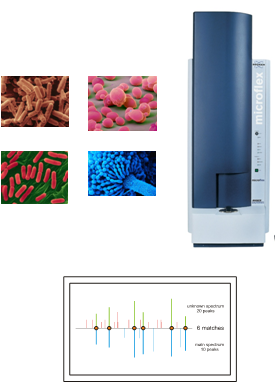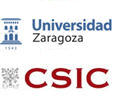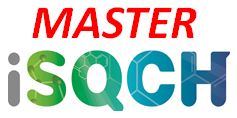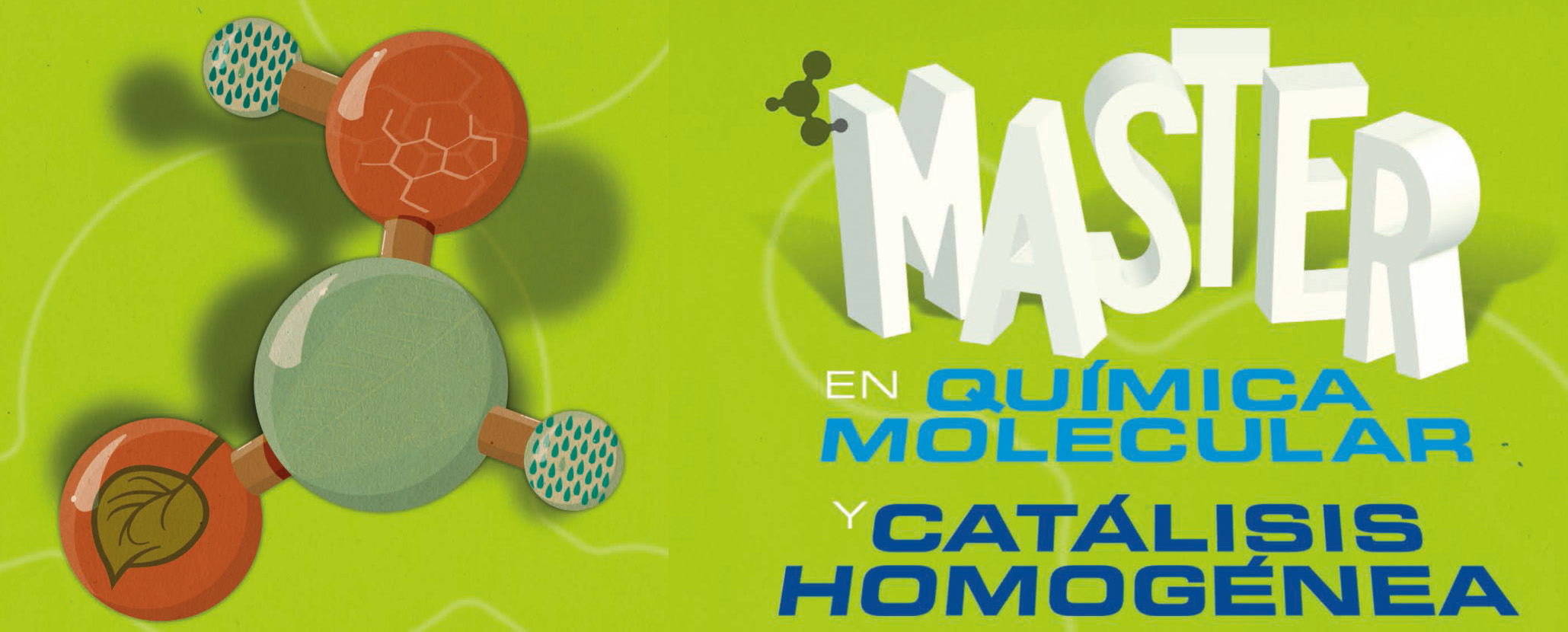MASS SPECTROMETRY SERVICE
INTRODUCTION
The Mass Spectrometry Facility includes 4 spectrometers with different analysers and ion sources.
Mass spectrometry allows the characterisation of chemical substances by measuring their molecular masses and the mass of ions obtained by molecular fragmentation. Mass Spectrometry can be used for both Qualitative and Quantitative analysis and its high sensibility allows achieving very low limits of detection.
Furthermore, coupling a liquid chromatograph (HPLC) to a mass spectrometer allows the analysis of complex mixtures.
EQUIPMENT
- Bruker MicroFlex. MALDI-TOF Mass Spectrometer
- Bruker AutoFlex III. MALDI-TOF Mass Spectrometer with tandem TOF/TOF capabilities using Lift.
- Bruker MicroTof-Q. High resolution hybrid Q-TOF Mass Spectrometer with electrospray, APCI and APPI ionization sources.
- Bruker Esquire 3000+. Ion Trap Mass Spectrometer with Electrospray and APCI ionization sources.
- Agilent 1100. HPLC coupled to both the MicroTof-Q and Esquire 3000+ spectrometers.
APPLICATIONS
- Characterisacion of organic and metal-organic substances.
- Proteomics.
- Metabolomics.
- Microorganisms characterisation (MALDI Biotyper).
- Synthetic Polymers.
- Drugs.
- Impurity characterisation and quantification.
INTERESTED SECTOR
- Chemical Industry.
- Food Industry.
- Health Sector, including hospitals.
- Forensics.
- Enviromental analysis.
Actividad de I+D+i realizada por la Universidad de Zaragoza a través de sus Institutos Universitarios de Investigación, propios y mixtos, financiada por el Gobierno de Aragón










